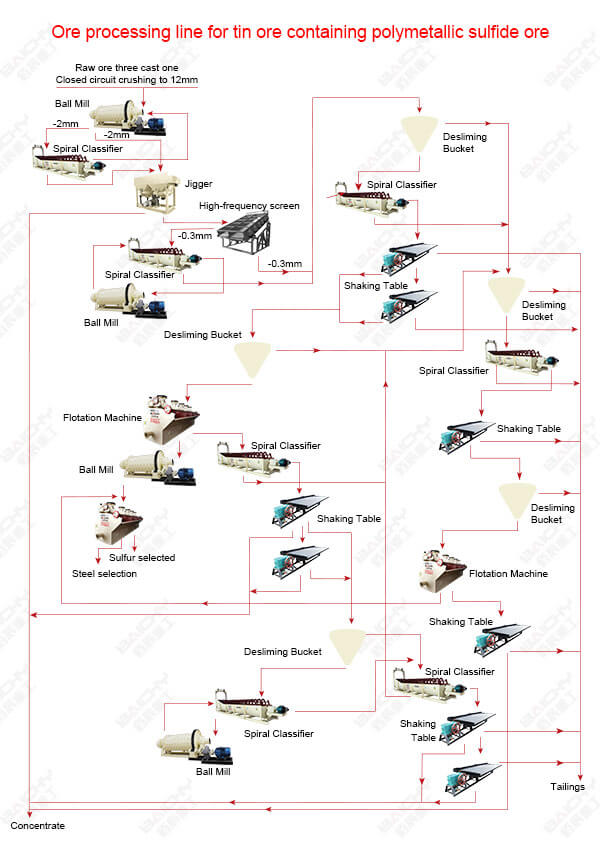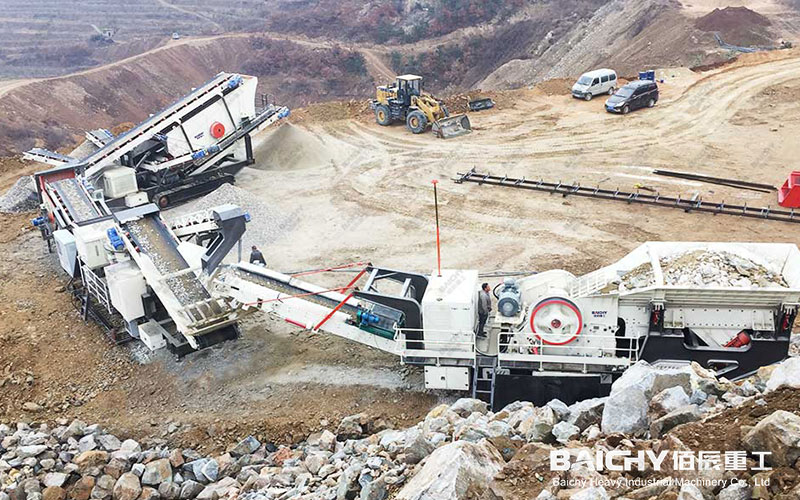



• The gold ore is first crushed by a crusher, usually after two or more stages of crushing, to reduce the ore size to about 10 mm or even smaller.
• The crushed ore is screened by a vibrating screen to obtain crushed materials of qualified particle size for subsequent processes.
• The crushed ore enters a ball mill for grinding to further refine its particle size to meet the leaching requirements (usually 85~95% of the ore is required to pass a 200 mesh sieve).
• The ground ore slurry is graded by a spiral classifier or a cyclone to remove oversized or undersized particles.
• The graded slurry enters a concentration tank for concentration to increase the slurry concentration for subsequent leaching operations.
• During the concentration process, a certain amount of flocculant is usually added to enhance the thickening effect.
• The concentrated slurry enters a leaching tank and is mixed with a sodium cyanide (or other leaching agent) solution for gold leaching.
• At the same time, activated carbon is added to the leaching tank, and the activated carbon adsorbs the gold in the slurry to become gold-loaded carbon.
• After the adsorption is completed, the activated carbon and the slurry are separated by a carbon extraction screen to obtain gold-loaded carbon and tailings slurry.
• The gold-loaded carbon enters the desorption electrolysis system, desorbs under high temperature and high-pressure conditions, and desorbs gold from the activated carbon.
• The gold-containing solution obtained by desorption enters the electrolytic tank, and the gold ions are reduced to gold metal through the electrolytic process, and deposited as a gold layer on the electrode.
• The gold layer obtained by electrolysis is stripped from the electrode and smelted after washing, drying, and other treatments.
• The gold ingots obtained by smelting are further refined to improve the purity and quality of gold.
• The tailings slurry is separated into solid and liquid by a filter press, and the filter cake, i.e. tailings, is transported out by a belt conveyor and stored.
• The filtrate enters the circulating water pool for reuse to reduce resource consumption and environmental pollution.
• The desorbed lean carbon (gold-free carbon) can be regenerated by high temperature and chemical treatment to restore its adsorption capacity so that it can be reused in the adsorption process.










